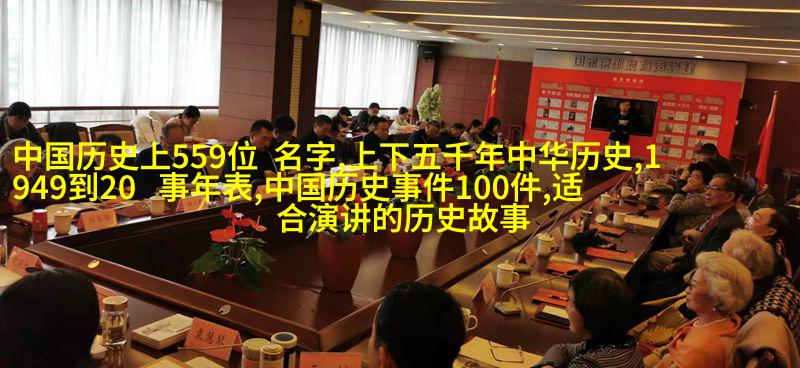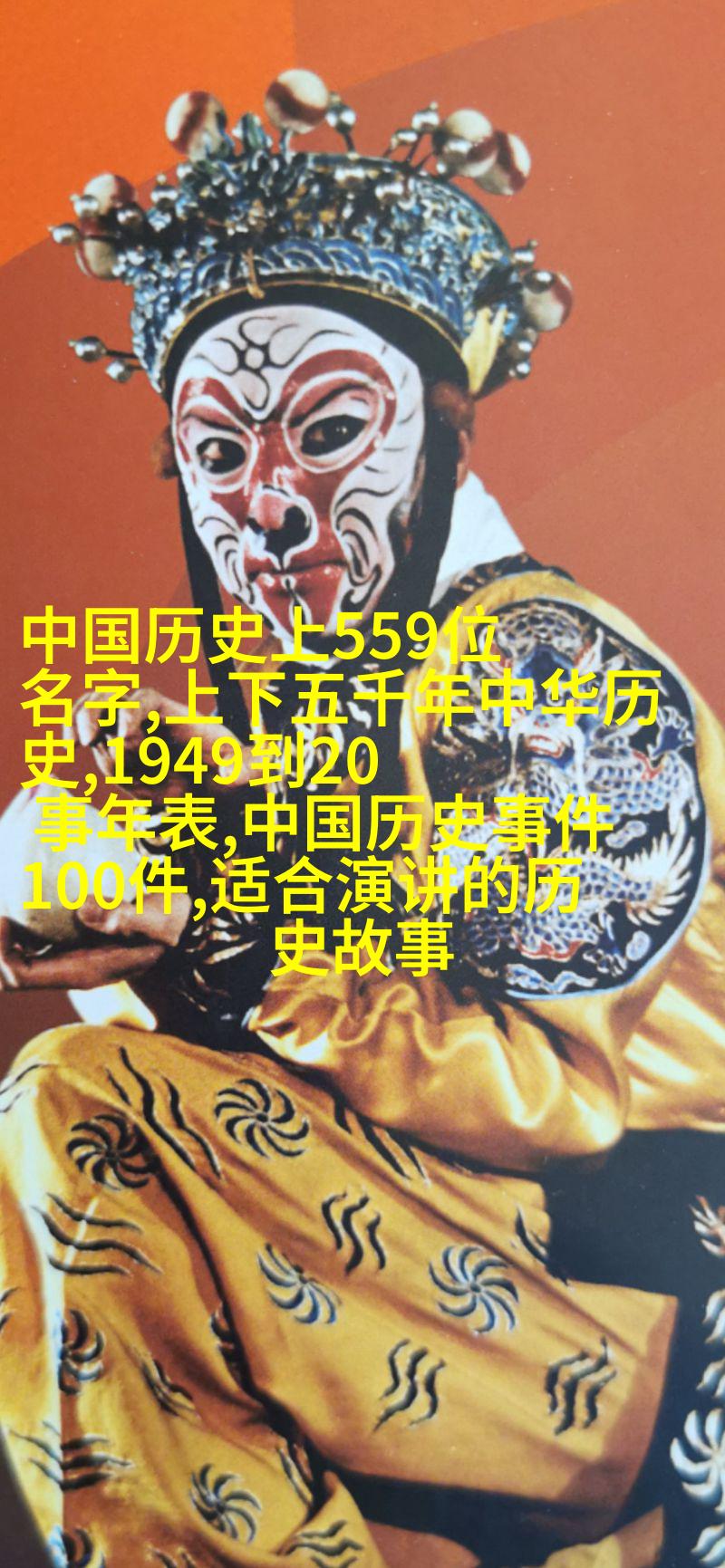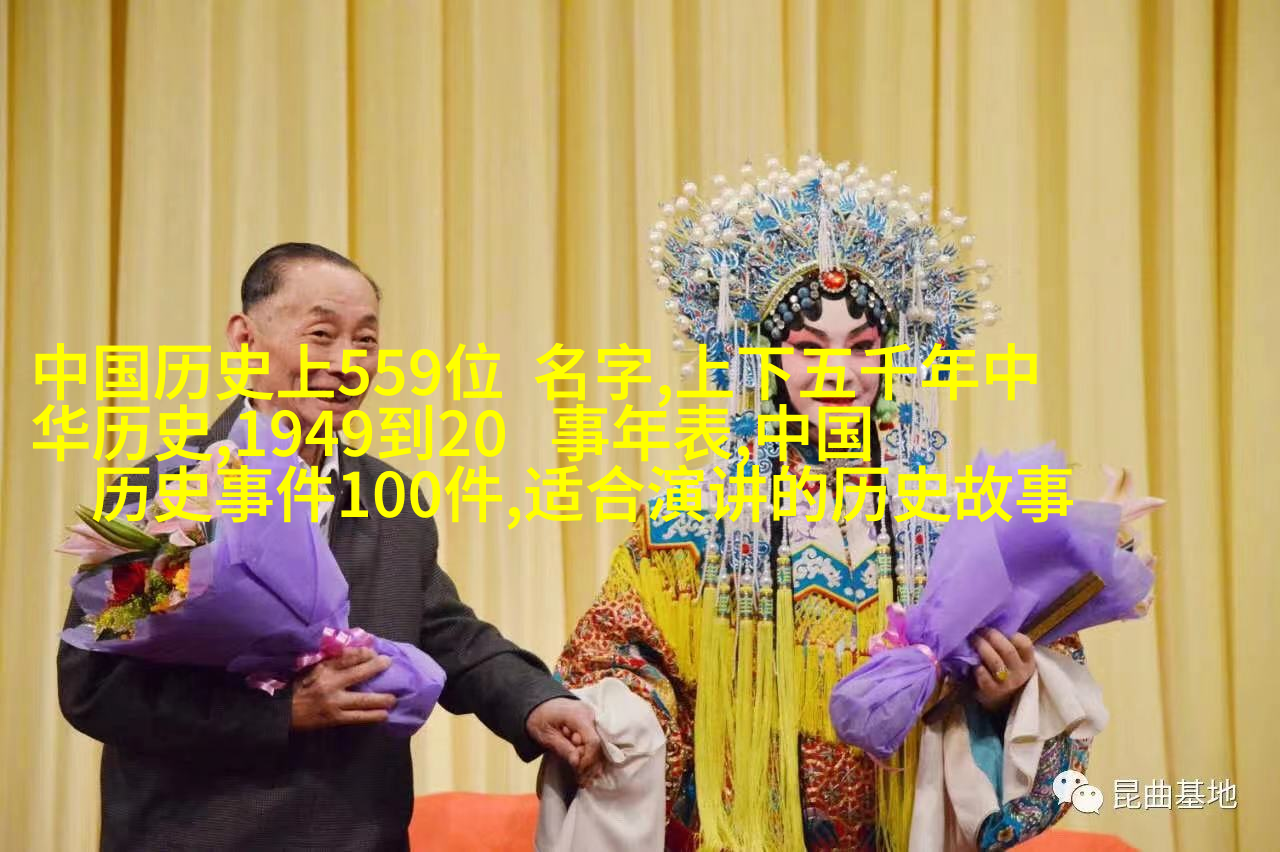年糕的起源

年糕,作为一种传统食品,在中国有着悠久的历史。它最早可以追溯到春秋时期,据说那时候人们会在春节前后制作一种叫做“粽子”的食物,用来祭祀祖先。随着时间的推移,这种食物逐渐演变成了现在我们熟知的年糕。最初,年糕是用米粉和豆浆制成的,它不仅营养丰富,而且因为具有饱满感,所以被看作是一种吉祥之物。
纪念黄帝

legend has it that the emperor Huangdi, also known as the Yellow Emperor, was very fond of year cake. He believed that eating year cake could bring good luck and prosperity to his people. Thus, when he established the first Chinese New Year celebration in 2637 BCE, he ordered his chefs to make large quantities of year cake for everyone to enjoy.
与农事活动相关

Another theory suggests that year cake is related to China's ancient agricultural practices. The sticky rice used in making year cake symbolizes the stickiness of soil after a long period of rainfall at the beginning of spring planting season. This food is often served during Spring Festival celebrations because it signifies a prosperous harvest and good fortune in coming years.
传统习俗与现代变迁

Over time, traditional customs surrounding New Year celebrations have evolved along with changing social norms and lifestyles in China today’s urban populations may not be as familiar with traditional methods for making these cakes or follow all the old rituals but they still hold on to some traditions like enjoying this dish during holidays while appreciating its rich history.
国际化趋势和创新发展

With globalization comes innovation: modern bakers are experimenting with new flavors and ingredients while keeping their dishes rooted in tradition so you can now find different varieties such as red bean paste-filled or sesame seed-topped rice cakes across various regions within China itself offering a unique twist on an age-old delicacy.
As we see from this brief overview, there are several theories about why people eat nian gao during Chinese New Year celebrations each story adds another layer depth richness to our understanding what makes this dish more than just a tasty treat – it holds deep cultural significance meaning shared among generations over centuries past present future alike




